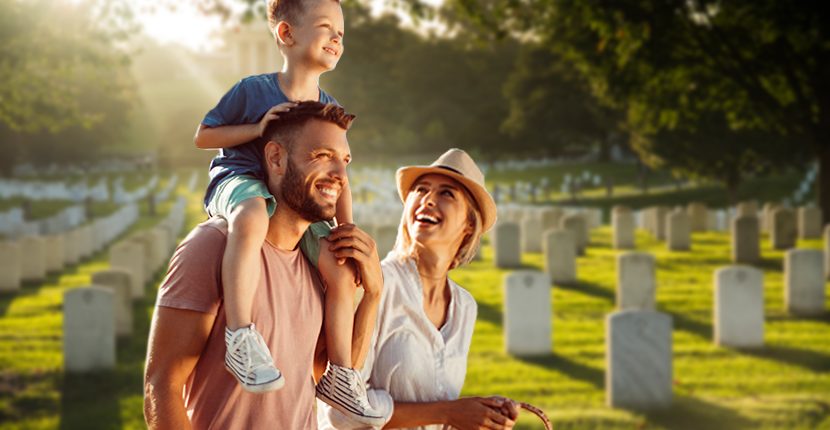Up until the early 20th century, cemeteries were a popular place to relax, picnic and get together near a loved one’s grave. Almost every major town had a beautiful Victorian cemetery with rolling hills, carefully landscaped grounds, family mausoleums and towering monuments carved into angels, obelisks and other types of statuary.
Originally, Americans buried their dead in a churchyard, sometimes in the middle of town. In rural areas, people were often buried on the farm in a piece of land adjacent to the house. With population growth and the many diseases that ran rampant such as cholera and the flu epidemic of the early 20th century, a burial in nothing but a wooden box was not safe.
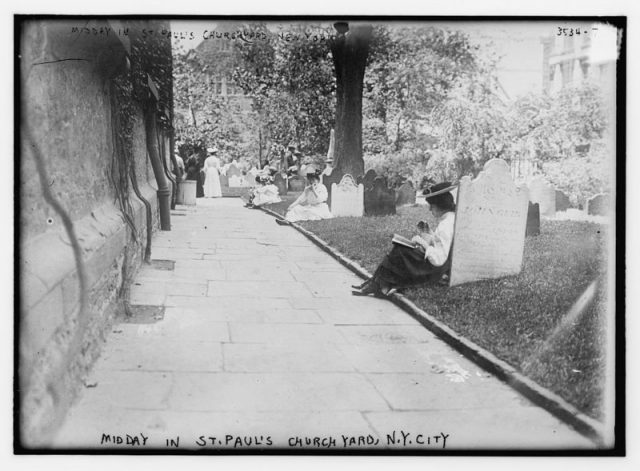
As the cemeteries began to fill up, coffins were placed on top of each other making the ground so weak that storms would wash the dead out of the cemetery and into the road. Burial grounds were relocated or started outside of the town beginning in the 1830s.
People usually died at home, and the body was laid out in the parlor where the funeral was held. In England, the body was kept in a bedroom for nearly a week. If a holiday was coming soon, the room would often be decorated to reflect the season. Many Victorians had family pictures taken with the body propped up as if the deceased was alive. These were most common with children.
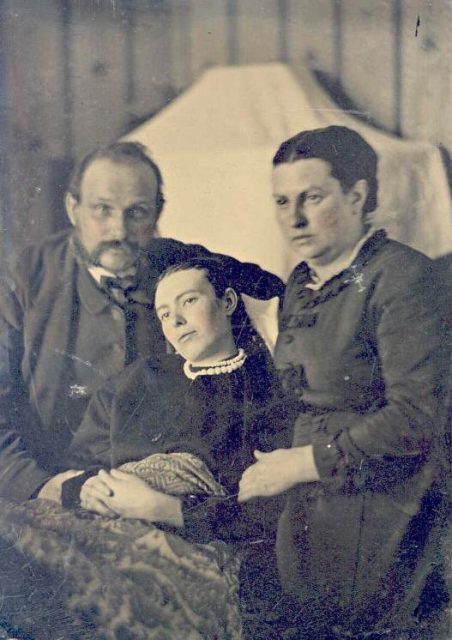
Before there were parks and museums in large cities, visiting the new, park-like cemeteries with a picnic lunch was very popular. Children played among the graves, people walked their dogs and families got together for birthdays and other holidays, including the deceased family member in the festivities. No one felt this was in any way disrespectful. Rules were posted as to what could or could not be done, and everyone had a great time.
Some headstones were small with only a name and date, but they varied all the way up to fifteen to twenty-foot sculptures with symbolic icons carved into the stone. An anchor with a broken chain symbolizes the end of life; a broken column stands for a life cut short; a dove represents the transport of the deceased’s soul to heaven; candles symbolize the spirit or the soul; a weeping willow tree stands for sorrow; and a hand with a finger pointing upward symbolizes the path to heaven.
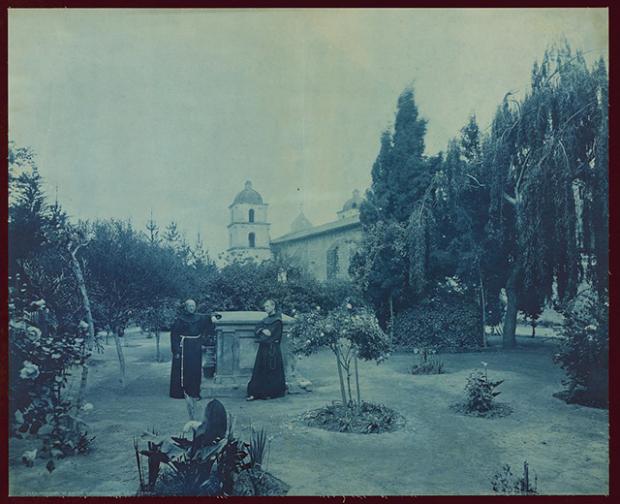
Organizations’ symbols, such as Masonic, Eastern Star, Woodsmen, Odd Fellows, and Shriners were and still are found on headstones. In the 1800s, most tombstones were made from sandstone which does not hold up well over the years. There was a short fad of using zinc and mostly granite is used now. In the American southwest, simple wood crosses are often used as the weather is more agreeable for maintaining homemade markers.
Different cemeteries have different rules. Some allow only flat markers so as not to mar the view, but these have a habit of sinking into the ground if not properly maintained. Within the past few years, granite markers have been lasered to etch a photo onto the stone.
There are also custom grave markers made in the shape of motorcycles, sofas, teddy bears, benches, pianos and even automobiles. Large mausoleums hold an entire family within the walls. Mausoleums are popular in flood zone areas, such as New Orleans, keeping the dead above the ground.
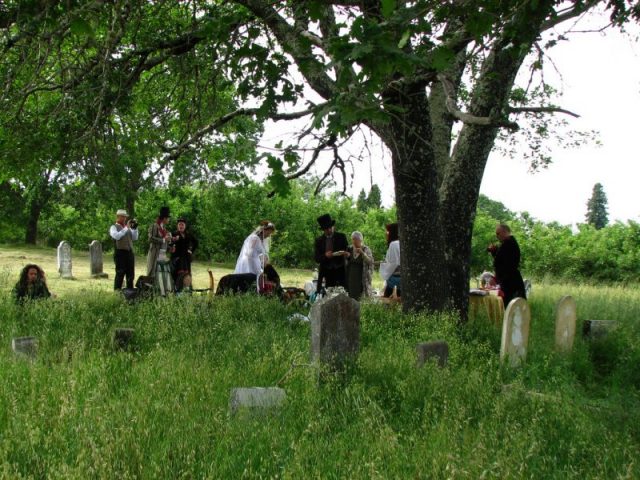
In the 21st century, green burials have become popular. The unembalmed deceased is placed in the ground in a simple wooden or cardboard box and is allowed to return to nature.
Another new feature is a computerized chip on the headstone that will allow a visitor to look up the deceased and find a biography, pictures and other information.
There are companies that will turn cremated ashes into a vinyl record, a diamond or many other strange things. Burials at sea still take place, especially for cremated ashes.
Cemeteries are no longer used for recreation, and many have come to regard children playing in a cemetery as disrespectful. Cemeteries have become “creepy” places and are rarely visited except by family members or vandals. Some are abandoned altogether.
Read another story from us: The Macabre Story of Sin-Eaters
This writer documents cemeteries, especially the older ones. Cemeteries represent a place of peace and I, for one, would love to have happy children playing on my grave.
